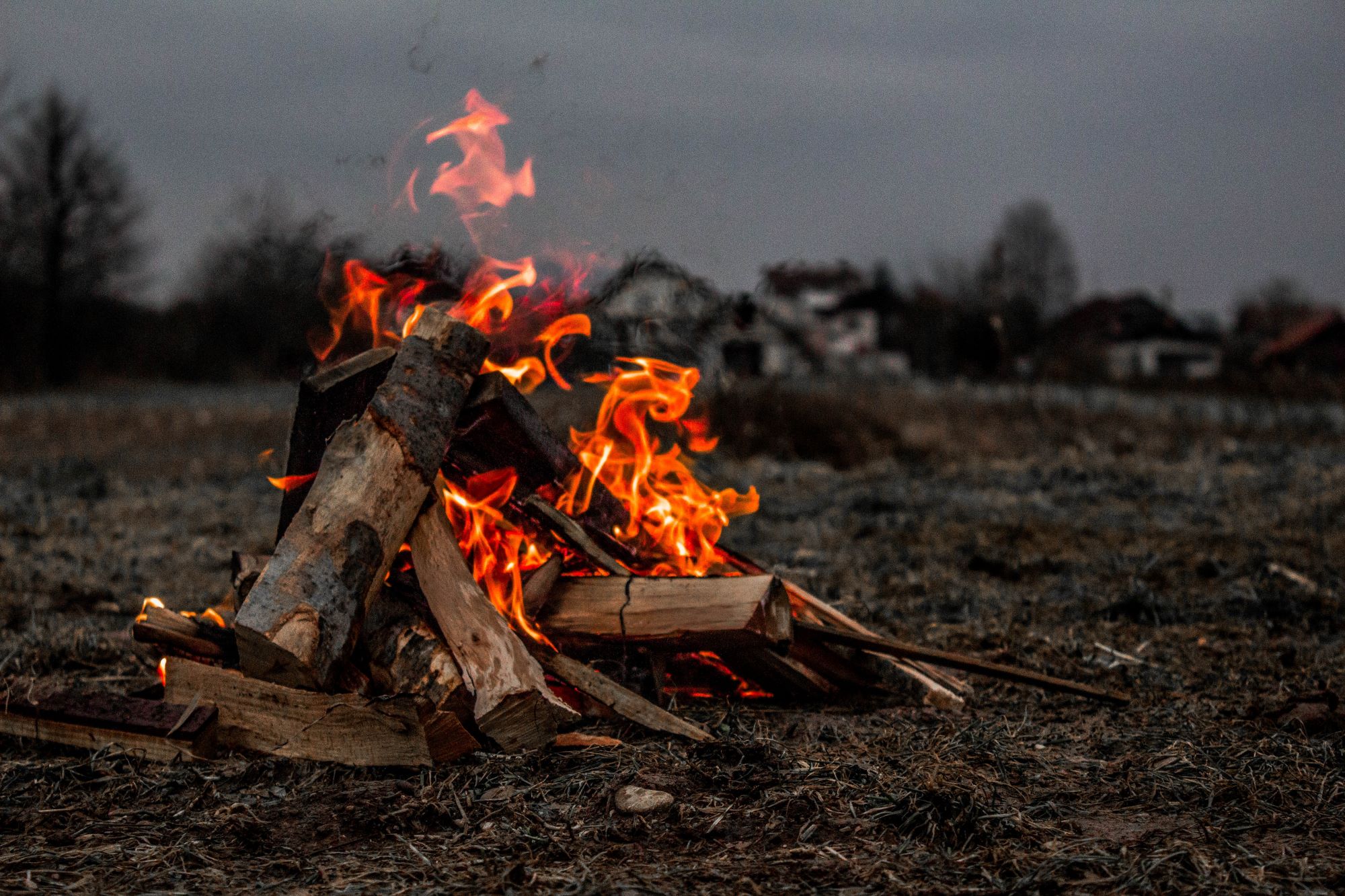When it comes to camping and spending time in the great outdoors, few things are more iconic than a crackling campfire. But with increased awareness of environmental impacts, many outdoor enthusiasts are looking for alternatives to traditional campfires. One such alternative is the Solo Stove, which uses a patented design to create a smokeless, efficient, and eco-friendly fire. In this blog post, we’ll compare the Solo Stove with traditional campfires to determine which is better for the environment.
Traditional Campfires
Traditional campfires have been a staple of camping and outdoor activities for centuries. They are typically built by arranging logs or kindling in a circle and lighting them with matches, a lighter, or another flame source. Once lit, the fire produces heat and light, as well as smoke and ash.
While traditional campfires can be a great way to keep warm and cook food, they have several environmental drawbacks. First, they can cause deforestation and habitat destruction when the wood is harvested for fuel. Second, they release carbon dioxide, carbon monoxide, and other pollutants into the atmosphere, contributing to climate change and poor air quality. Third, they can lead to soil erosion and water pollution when ash and other debris are left behind.

Solo Stove
Solo Stove is a brand of portable, wood-burning stoves that use a unique design to create a more efficient, smokeless fire. Unlike traditional campfires, Solo Stoves are designed with double walls and air vents that promote complete combustion and minimize smoke. This not only creates a more pleasant camping experience but also reduces the stove’s environmental impact.
Compared to traditional campfires, solo stoves have several environmental benefits. First, they are more efficient, burning wood more completely and generating less ash and other debris. Second, they release fewer pollutants into the atmosphere, including up to 90% less smoke than traditional campfires. Third, they require less wood to generate the same amount of heat, reducing the need for deforestation and habitat destruction.
And if you’re looking for a great deal, don’t forget to check out DreamAM for Solo Stove promo codes. With these promo codes, you can enjoy significant discounts on Solo Stove products, making them even more affordable and accessible. So why wait?
Which is better for the environment?
While both traditional campfires and Solo stoves have their pros and cons, the evidence suggests that Solo stoves are better for the environment. They use less wood, generate less pollution, and produce less ash and other debris. They are also more efficient, meaning they require less fuel overall.
That being said, there are some situations where traditional campfires may still be the better option. For example, if you are in an area with a plentiful supply of fallen wood, harvesting that wood for a campfire may be less environmentally damaging than using a Solo Stove. Additionally, some campgrounds and parks have regulations in place that restrict the use of portable stoves or campfires.

Conclusion
When it comes to camping and spending time in the great outdoors, it’s important to be mindful of our environmental impact. While traditional campfires have been a staple of camping for centuries, they have several drawbacks when it comes to the environment. Solo stoves offer a more efficient, smokeless, and eco-friendly alternative that can enhance your camping experience while minimizing your environmental footprint.
If you’re ready to make the switch to a more eco-friendly and efficient camping experience, consider trying a Solo Stove. Head over to DealAM and start shopping for your new favorite camping accessory today!



